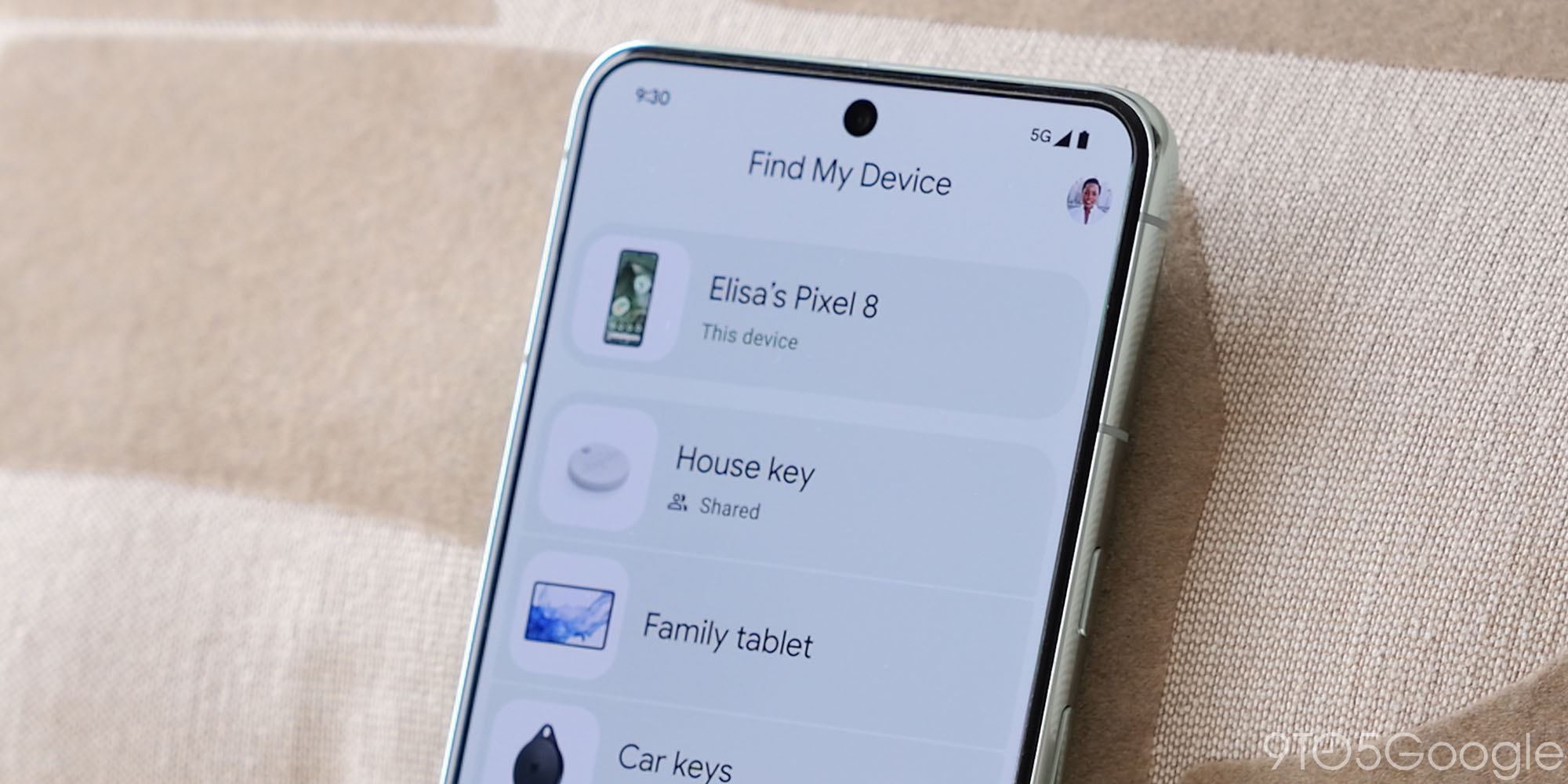
Find My Device Gets a Major Overhaul: Location Sharing, Improved Interface, and More
Google’s Find My Device app is receiving a significant update, version 3.1.277, introducing a revamped user interface, support for location sharing, and numerous enhancements to existing device and tracker functionalities. This update represents one of the most substantial overhauls to the app since Google initiated the rollout of its Find My Device network last year. The updated app promises a more intuitive and feature-rich experience, bringing it closer in functionality and design to Apple’s well-regarded Find My app.
The most prominent addition is the introduction of a new two-tab UI, fundamentally changing the way users interact with the Find My Device app. Previously, the app presented a singular interface. Now, it’s segmented into two distinct sections: "Devices" and "People." This separation allows for a more organized and streamlined experience, focusing user attention on either managing their tracked devices or interacting with location-sharing features.
The "People" tab, previously announced by Google earlier this week, marks the app’s foray into location sharing. While the core functionality already exists within Google Maps, integrating it directly into Find My Device offers a more centralized and dedicated hub for managing shared locations. This tab enables users to view the locations of other individuals who have shared their location through Google Maps location sharing. Conversely, users can also share their own location with others, either through a shareable link or directly within the Find My Device app using their Google account.
Google has labeled the "People" tab as "beta," a curious designation considering the established nature of location sharing within Google Maps. However, this beta tag might indicate ongoing refinements or the introduction of exclusive features specific to the Find My Device implementation. One notable benefit of the "People" tab is its ability to resolve potential issues with location sharing on newer devices. Users can explicitly select the device from which their location is broadcast, ensuring accuracy and preventing confusion when multiple devices are associated with the same Google account.
Beyond the highly anticipated location-sharing capabilities, the update also brings significant improvements to the core device tracking functionality. The "Devices" tab has been redesigned to provide a more visually appealing and immediately informative experience. Upon opening the app, users are now greeted with a prominent location preview occupying the upper half of the screen. This instantly displays the last known location of the selected device or tracker, eliminating the need to manually initiate a location refresh. The lower half of the screen continues to display the list of tracked devices and trackers.
This updated design mirrors the layout of Apple’s Find My app, a deliberate move that aims to provide a familiar and intuitive experience for users migrating from the Apple ecosystem. The visual presentation and immediate location preview contribute to a more seamless and efficient workflow for locating lost or misplaced devices.
However, the update isn’t without its shortcomings. One notable limitation that persists is the inability to customize the order in which devices are listed within the "Devices" tab. The app still defaults to opening on the device that appears at the top of the list, which may not always be the most frequently accessed or relevant device for the user. This lack of customization can be frustrating for users with a large number of tracked devices, forcing them to scroll through the list to find the device they need.
Despite this minor drawback, the update includes several other welcome improvements. One of the most valuable enhancements is the ability to display the user’s current device’s live location while simultaneously viewing the location of another device or tracker. Previously, the Find My Device app would only show the location of the target device on the map, making it challenging to gauge the relative distance and direction of the tracker in relation to the user’s own position. This new feature provides essential contextual awareness, allowing users to more effectively navigate towards their lost devices. By displaying both locations concurrently, users can quickly determine the optimal route and estimate the time required to reach the target device.
This simple yet powerful addition addresses a significant usability issue that plagued previous versions of the app. It streamlines the recovery process and empowers users with the information they need to locate their belongings with greater efficiency.
While the initial rollout of Find My Device v3.1.277 is limited, the update promises a more polished and feature-rich experience for users who rely on the app to keep track of their devices and valuables. The addition of location sharing, the redesigned user interface, and the numerous enhancements to existing tracking functionalities collectively elevate the Find My Device app to a new level of usability and functionality. As the app continues to evolve, it is poised to become an even more indispensable tool for safeguarding personal belongings and maintaining peace of mind. The move to emulate some of the Apple "Find My" app experience should bring some new users over, as well as give a more fluid feeling to current users, and make a seemless transition.
